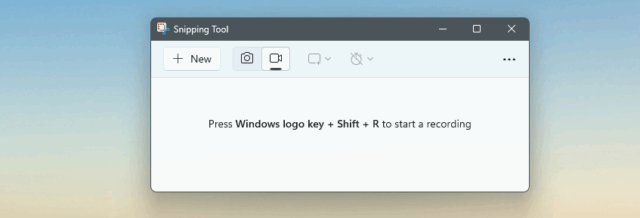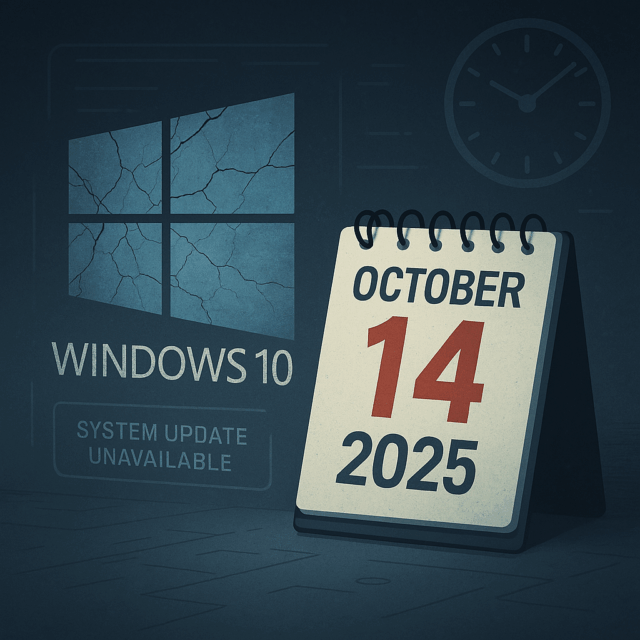Whether you’re building a new PC, upgrading an old one, or simply trying to protect your valuable data, choosing the right storage is crucial. It’s important to understand how mechanical hard drives (HDDs), solid-state drives (SSDs) and NVMe drives compare.
This article explores each type in depth—advantages, disadvantages, pricing, lifespan, and brand reliability—while reinforcing the one universal truth of storage: all drives can fail, and backups are essential.
Mechanical hard drives (HDDs)
What they are
HDDs are traditional storage devices that use spinning magnetic platters to store data. Despite being older technology, they’re still widely used due to their affordability and high capacity.
Advantages
- Low cost per gigabyte: HDDs are the cheapest option for bulk storage. A 6 TB internal desktop HDD in South Africa currently costs between R2 600 and R3 000, which translates to just R0.43–R0.50 per GB.
- Large capacities: Drives up to 20 TB or more are available, making them ideal for backups or media libraries.
Disadvantages
- Slower performance: Typical read/write speeds are around 80–150 MB/s, which is significantly slower than SSDs.
- Mechanical failure risk: Moving parts mean a higher chance of wear and tear, especially with knocks or power cuts.
- Noise and heat: HDDs can generate noticeable sound and heat under load.
Lifespan
Most HDDs last 3 to 5 years under normal use, though some last over a decade. However, failure can occur without warning. Tools like S.M.A.R.T. can offer insights, but not guarantees.
Delitech still stocks HDDs, but we are focusing more and more on SSDs and NVMEs.
Solid-state drives (SSDs)
What they are
SSDs use flash memory instead of moving parts, resulting in faster, quieter, and more reliable performance.
Advantages
- Much faster: SATA SSDs offer speeds up to 500–550 MB/s, making them ideal for boot drives and general performance.
- Silent and energy-efficient: With no moving parts, SSDs are shock-resistant and use less power than HDDs.
- Lower failure risk from physical damage.
Disadvantages
- Higher cost: In South Africa, a 1 TB SATA SSD costs around R1 200 to R2 500, roughly R1.20–R2.50 per GB.
- Limited write lifespan: Each memory cell can only be written to a certain number of times (measured as TBW—terabytes written).
Lifespan
Modern SSDs usually last 5 to 10 years or longer under typical workloads. Many users replace them for capacity or speed reasons long before they wear out.
NVMe SSDs
What they are
NVMe (Non-Volatile Memory Express) SSDs are a newer type of solid-state drive that connects via the PCIe bus instead of SATA. This allows dramatically faster speeds.
Advantages
- Exceptional performance: Read/write speeds range from 1 000 MB/s to over 7 000 MB/s, depending on generation.
- Perfect for professionals and gamers: NVMe drives reduce loading times and improve responsiveness in demanding tasks.
- More compact: Often use the M.2 form factor, saving space in laptops and desktops.
Disadvantages
- Higher price tag: Entry-level 1 TB NVMe drives cost R1 570 to R1 800, while high-end Gen 4 and Gen 5 models go up to R5 500 for 1 TB (R5.50/GB).
- Heat generation: May require heatsinks or cooling for sustained performance.
- Same endurance limitations as SATA SSDs.
Lifespan
Comparable to SATA SSDs—5 to 10 years depending on quality, usage and write cycles.
Pricing comparison (as of June 2025)
| Drive type | Typical size | Price range | Approx. cost per GB |
|---|---|---|---|
| HDD | 6 TB | R2 600 – R3 000 | R0.43 – R0.50 |
| SATA SSD | 1 TB | R1 200 – R2 500 | R1.20 – R2.50 |
| NVMe SSD (Gen 3) | 1 TB | R1 570 – R1 800 | R1.57 – R1.80 |
| NVMe SSD (Gen 4+) | 1 TB | R2 100 – R5 500+ | R2.10 – R5.50+ |
The importance of brand
Not all storage brands are created equal. Trusted names like Samsung, Crucial, Western Digital, Seagate, Patriot, Kingston and ADATA generally offer better build quality, firmware support and warranties.
Buying unknown or no-name brands might save money upfront, but users often report early failure rates, lack of software support, or wildly exaggerated performance claims.
Before you buy, always check:
- User reviews (Reddit and Tom’s Hardware forums are good starting points)
- TBW ratings and warranty periods
- Firmware update availability
Why you must always back up
Regardless of brand, cost, or type—any drive can fail at any time. That’s not an opinion, it’s a fact borne out by decades of tech support, data recovery logs, and personal experience.
Here’s why backups are essential:
- Mechanical drives can suffer head crashes or motor failure.
- SSDs/NVMe drives can suffer sudden death from voltage spikes, firmware bugs, or controller faults—with little or no warning.
- No warranty covers your data, only the drive.
Best practices:
- Always keep two separate backups: e.g., an external HDD and a cloud-based service.
- Automate your backups on a schedule—don’t rely on memory.
- For sensitive or business-critical data, consider encrypted offsite backups or RAID configurations.
Final thoughts
Choosing between HDDs, SSDs and NVMe drives depends on your needs and budget. Use HDDs for storage and backups, SSDs for everyday use, and NVMe drives for speed-critical tasks. Stick with well-known brands, monitor your drives regularly, and most importantly—always have a backup.
In the end, storage drives are just tools. Your data is the asset. Protect it accordingly.
More reading
(Local pricing data are averages across Delitech, Takealot, Wootware and Titan-Ice).





